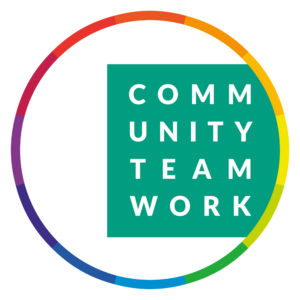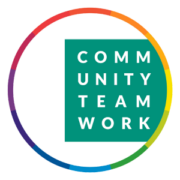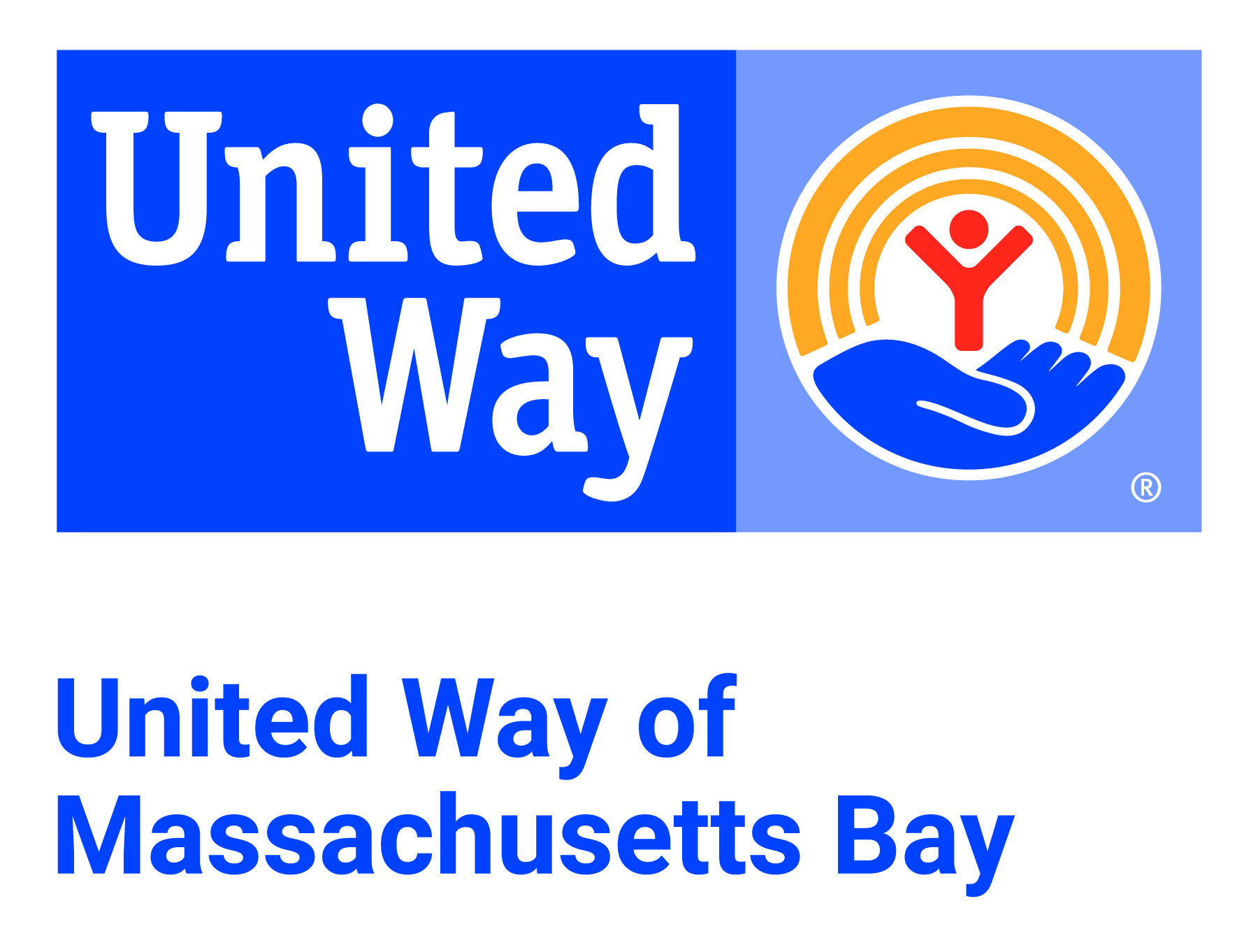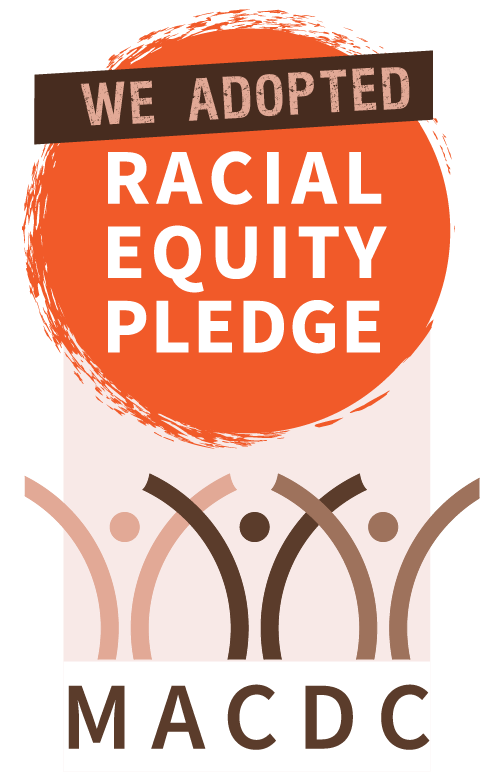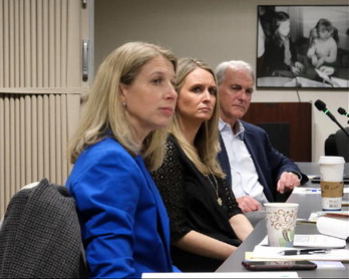
We have to talk about housing
Access to safe and stable housing should be available to anyone who needs it, and is a basic human right. The roots of homelessness and housing insecurity can be found deep in our history. In their Commission on Homelessness and Poverty, The American Bar Association says “Poverty and homelessness in the United States are largely outgrowths of institutionalized racism”. If we’re going to talk about homelessness, we have to talk about the fight for equity in housing.
The impacts of racism on housing and homelessness may not be readily obvious. For example, arrests and convictions for drug possession skew heavily toward black users, despite equal rates of usage across races. A felony drug conviction may prevent someone from being approved for a loan, or for a public housing unit, and may keep them from working at a level sufficient to pay for housing. Inequity in the legal system translates to inequity in the housing market, making housing less available to BIPOC (Black, Indigenous, and People of color) renters and buyers.
Sometimes though, the impacts are obvious. The history of redlining in America is well documented, and the impacts are still resonating in our neighborhoods. Redlining, the practice of systematic denial of services (usually financial services like home loans), to residents of certain neighborhoods or communities associated with a certain racial or ethnic group, was officially outlawed in 1968. However, the impact on neighborhoods is still evident, contributing to significant wealth gaps between white homeowners and BIPOC home owners.
Ending homelessness also means preventing it. Eviction rates are badly skewed, with BIPOC renters being evicted at around twice the rate of white renters. The Eviction Lab at Princeton University shows a recent trend of evictions targeting particularly BIPOC women for eviction at rates significantly higher than any other group. This cycle of eviction, even when it doesn’t lead to homelessness, creates trauma and unnecessary disruptions for individuals and families that are already on the edge.
Homelessness also shows us clearly the inequality that still exists in America. While black people make up about 13% of the population, they represent nearly 40% of the people experiencing homelessness. Nationally, we see that other groups are overrepresented as well, including Native/Indigenous Americans, Hispanic/Latinx folks, and Native Alaskans and Hawaiians. Simply put, the inequality in America is visible in our shelters and on our streets.
Evictions, homelessness, and unequal access to resources all add up to increased inequity – and that inequity makes creating change for these communities even more of a challenge. Part of creating change is acknowledging that change HAS to happen. We understand that talking about these topics, and the history they bring up, is hard, and sometimes uncomfortable. But that discomfort is nothing compared to the suffering of individuals who are sleeping outside, or in a car, or bouncing from shelter to shelter. Surely, they have suffered enough…
Right now, community partners are working together to make 300 units of housing available for people experiencing homelessness. We encourage you to support those units in whatever way you can – through advocacy, reducing stigma by talking about the need for affordable housing, or by supporting projects when they come up for discussion. Housing ends homelessness, and we all have a part to play.
Yun-Ju Choi
Chief Executive Officer
Coalition for a Better Acre
Cathy Mercado
Executive Director
Merrimack Valley Housing Partnership
